New York City
How Life Thrives Without Roads In Beaver River
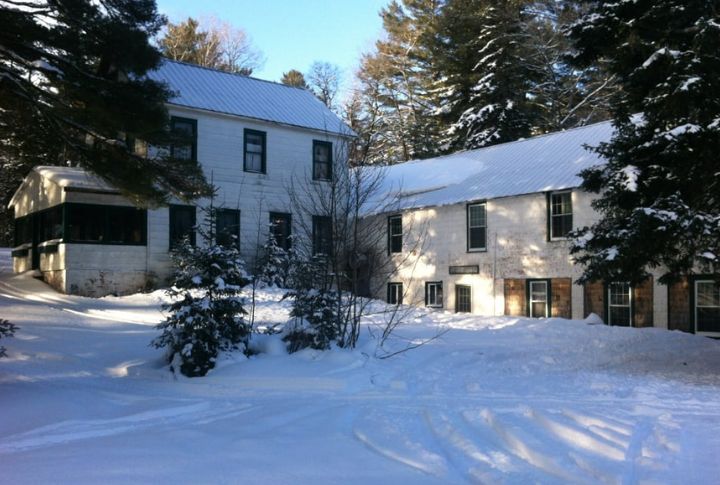
Beaver River lies hidden in the Adirondack wilderness, where daily life follows its own rhythm. Reaching it takes effort, and staying there requires even more. Still, a small number of people choose it year after year. Here’s what sets this remote village apart from anywhere else in the country.
Deep In The Western Adirondacks
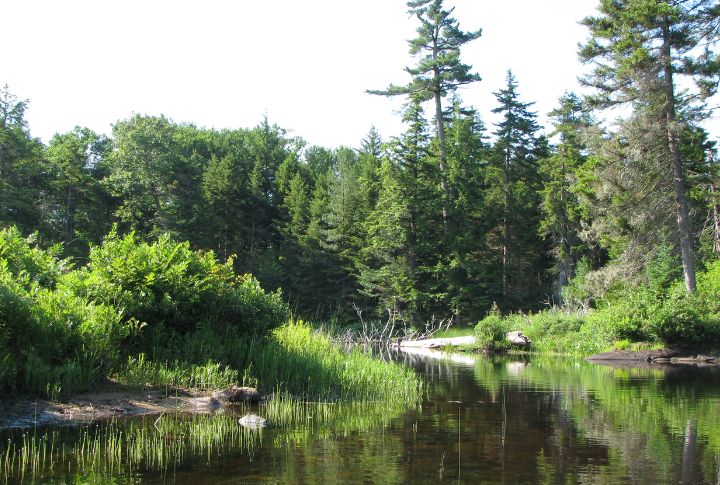
In Herkimer County’s remote corner of the Adirondack Park, the hamlet of Beaver River sits near the Stillwater Reservoir within the town of Webb. Surrounded by protected forestland and miles from the nearest road, it remains one of the most secluded spots in New York’s northern wilderness.
Logging Built The Foundation Of Beaver River
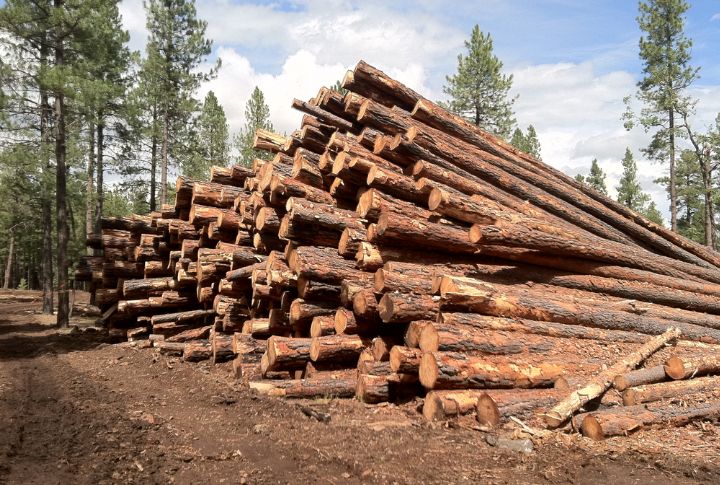
Tall pines and rough timber first drew workers to this stretch of forest in the late 1800s. When the railroad arrived in 1892, it carried lumber and supplies. Soon, camps turned into seasonal homes, but no roads came next—only the tracks still reach the village today.
Mail Delivery Relies On Trains And Snowmobiles
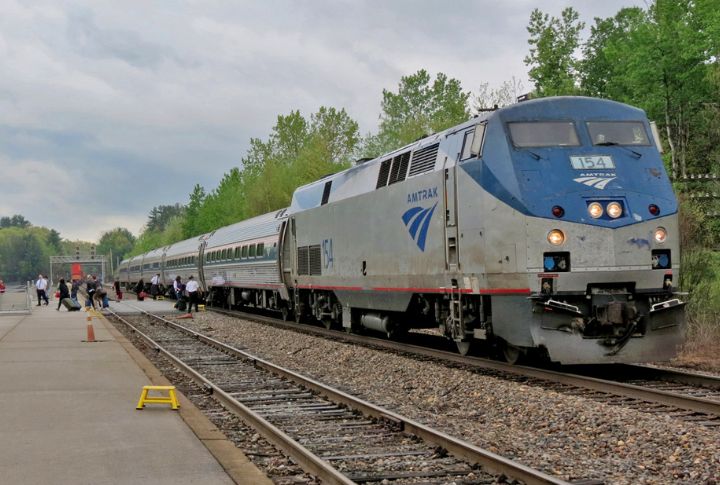
Mail reaches Beaver River through seasonal means. In summer and fall, the Adirondack Scenic Railroad brings it in alongside passengers and supplies. Once snow sets in, snowmobiles take over. There’s no home delivery—residents head to a central point to collect what’s arrived, sometimes after delays caused by weather or timing.
The Village Is Completely Off The Grid
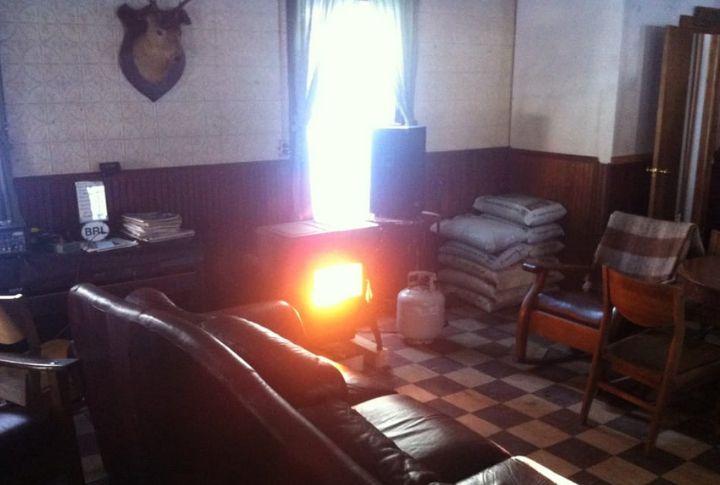
With no electrical grid connection, residents rely on solar panels, propane, generators, or small-scale hydropower to meet their energy needs. In winter, some even cut ice blocks from the reservoir and store them in insulated sheds for refrigeration. Self-reliance and energy conservation are part of daily life here.
Cell Phones Rarely Work In The Area

There’s almost no reliable cell coverage in Beaver River. The area’s remote location and mountainous terrain block most signals. Inhabitants rely on landlines, satellite phones, or radios to stay in touch. For visitors, it’s one of the few places left in the country where being unreachable is the norm.
Beaver River Is One Of The Last Flag Stops
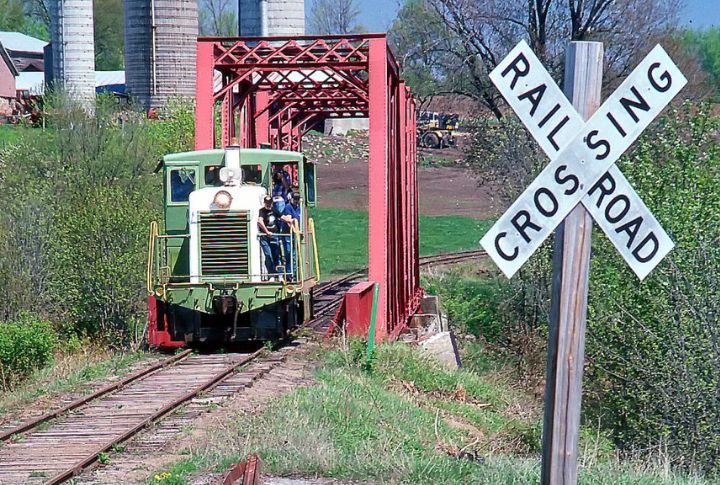
Trains don’t stop automatically at Beaver River. Instead, passengers must signal the conductor or request the stop ahead of time. As one of the few remaining flag stops in the country, it requires careful timing and planning, especially for those carrying gear or catching a snowmobile connection.
Only A Few People Live Here Year-Round

With no mayor or local council, Beaver River functions without formal government. County services cover emergencies, often with long delays. Here, permanent residents handle everything from heat and water to community decisions, living independently through long winters and quiet stretches when the nearest neighbor might be half a mile away.
Beaver River’s Unique Wildlife And Ecosystem
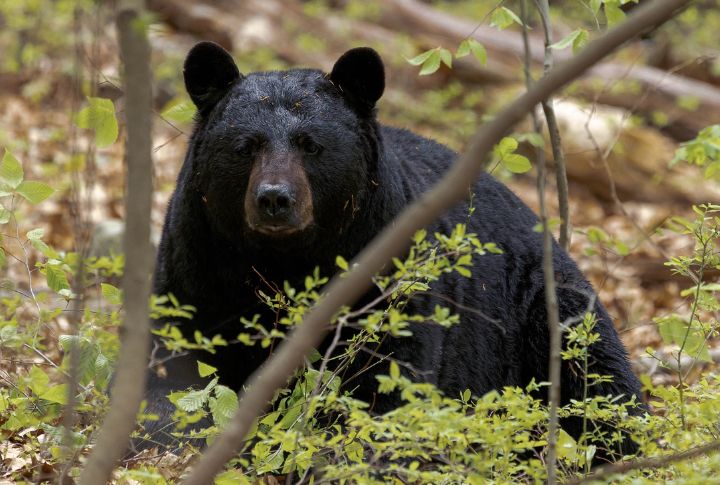
Beaver River’s remoteness helps wildlife thrive. Black bears, moose, and deer wander the forests while bald eagles and herons soar above. The river teems with fish like bass and pike, and its quiet shores shelter rare plants, making this hidden corner a haven for nature lovers and conservationists alike.
Every Supply Must Be Hauled In Manually

Snowmobiles act like winter cars here—residents even register them with state-issued plates. With no roads, everything from groceries to fuel gets hauled in by sled, cart, or snowmobile, sometimes over miles of forest trail or frozen reservoir. Big deliveries require careful timing with the train schedule or special arrangements through locals who know the terrain.
The Area Attracts Outdoor Enthusiasts

A small footbridge crosses part of the Stillwater Reservoir, linking camps and paths around the village. Outdoor enthusiasts use it for hiking, birding, or walking between homes. The surrounding wilderness draws visitors looking to escape crowds and screens in favor of quiet trails and open water.

